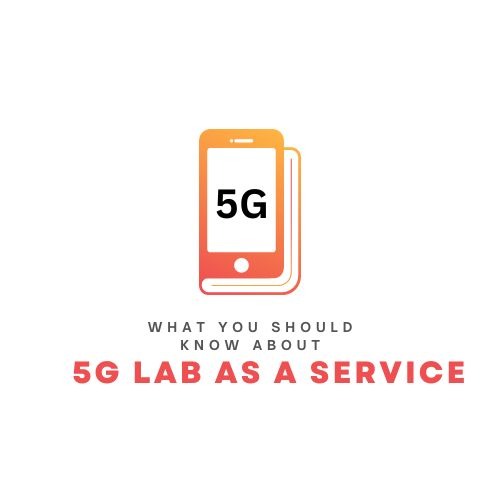The rapid trends of software development have rendered the traditional networking systems obsolete, particularly for businesses worldwide. Gone with the old-fashioned way of communicating, providing safety and security, marketing, laboratories, and equipment, among others. Now, the next generation of providing fast networks is setting up faster.
One of this network system that is rapidly increasing is the 5G lab as a service, a development test laboratory, designed to visualize ideas and provide solutions to clients. Lab as a service, or Laas, helps enterprises be prepared for future developments by improving the state of their test labs. It allows digital testing of your network and security.
Learn More about Lab as a Service
The development of a 5G lab as a service allows companies to perform digital testing on real-world conditions. It is operated on a self-service basis or manage-based, depending on the preference of the client. Traditionally, lab testing is often isolated and fragmented. In most cases, they are often considered as inefficient when it comes to capital expenditures or CAPEX, as well as operating expenses or OPEX. Over time it led to unable to collect the investments made by these enterprises.
The growing problems of the cost of funding such test laboratories led to most enterprises shifting to service-oriented infrastructure in the form of 5G lab as a service. With the digital mobilization of the laboratory, it can operate with higher efficiency because of its wider scope and proper software tools. The use of such a platform has also improved the quality of tests conducted, saving expenses, particularly on CAPEX or OPEX.
How Does Lab as a Service Works
The main objective of the 5G lab as a service is to improve digital testing quality, thus enhancing its customer experience. The lab test will conduct parallel testing on networks, security, operating systems, devices, and browsers. Several labs permit developers to share their networking tools to make it simpler for them who are working on these projects.
One of the community resources is the Interoperability Lab of the University of New Hampshire. It allows developers and other open-source uses to gain access to the necessary resources that they need. These resources are accessible through remote VPN connections. In other words, it acts as a remote server.
Benefits of Using Lab as a Service
Aside from the cut down of CAPEX and OPEX, using 5G lab as a service provides various benefits to enterprises worldwide.
- Increase Utilization
Enterprises will experience a higher utilization of its equipment leading to an increase in work efficiency. It can help the company spend less money on capital costs, especially additional equipment and other operating expenses, including manpower.
- Accessible Servers
Servers are easily accessible and can be done remotely. The fast turn-around time can help the end-customer experience. The rate of productivity will also increase, so is the quality of its services.
- Fewer Errors
Common mistakes due to manual operation of personnel will be reduced. The digitized test lab can decrease and prevent further errors during troubleshooting and reconfiguration of the system. Problems are easily isolated, increasing the turn-around time of waiting results instead of waiting for several weeks before issues are resolved.
Every year, the rising development of technology is not only recognized, but they are also experienced. Not only enterprises find ways to digitize their operations, but almost all individuals have learned to adopt such changes. As a result, enterprises are continuously looking for ways to provide a better experience for their clients, who are the end-users of their products and services.

